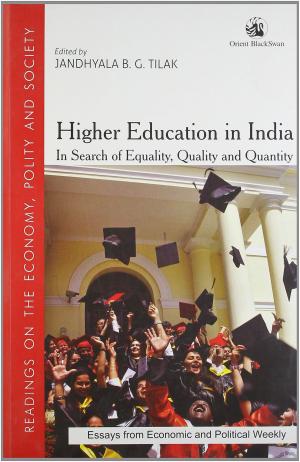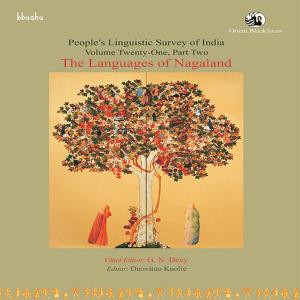Industry and the Region
Theories, Techniques and Applications
Business & Finance, Industries & Professions, Industries, Nonfiction, Social & Cultural Studies, Social Science| Author: | T. Ravi Kumar | ISBN: | 9788125053217 |
| Publisher: | Orient Blackswan Private Limited | Publication: | December 15, 2009 |
| Imprint: | Language: | English |
| Author: | T. Ravi Kumar |
| ISBN: | 9788125053217 |
| Publisher: | Orient Blackswan Private Limited |
| Publication: | December 15, 2009 |
| Imprint: | |
| Language: | English |
Industry and the Region introduces readers with varying levels of familiarity with economics to the basic theories, issues and problems of regional analysis as well as the analytical and empirical methods that may be utilised within a regional framework of study. The book deals with contemporary issues in regional policy such as, regional growth, convergence, federal financial relations, structure of the regional economies, central investment in regions, impact of industrial and infrastructure investment on regional systems, inter-industry linkages, sectoral multipliers operational within the regional systems, the approach of the Five Year Plans to the issue of balanced regional development at both the theoretical and analytical levels. The book analyses policies that may be applied to resolve critical regional issues and identifies the different strategies that can be employed to reduce regional inequalities. The book also provides the state governments with an analytical mechanism for identifying those forms of investment that would maximise growth in their respective regions. The detailed introduction to each chapter, where the evolution of the current analytical models/arguments is concisely outlined, and the various statistical techniques applied to the study, as well as the extensive list of references included at the end of the book will be of benefit to students, policy-makers, economists and researchers
Industry and the Region introduces readers with varying levels of familiarity with economics to the basic theories, issues and problems of regional analysis as well as the analytical and empirical methods that may be utilised within a regional framework of study. The book deals with contemporary issues in regional policy such as, regional growth, convergence, federal financial relations, structure of the regional economies, central investment in regions, impact of industrial and infrastructure investment on regional systems, inter-industry linkages, sectoral multipliers operational within the regional systems, the approach of the Five Year Plans to the issue of balanced regional development at both the theoretical and analytical levels. The book analyses policies that may be applied to resolve critical regional issues and identifies the different strategies that can be employed to reduce regional inequalities. The book also provides the state governments with an analytical mechanism for identifying those forms of investment that would maximise growth in their respective regions. The detailed introduction to each chapter, where the evolution of the current analytical models/arguments is concisely outlined, and the various statistical techniques applied to the study, as well as the extensive list of references included at the end of the book will be of benefit to students, policy-makers, economists and researchers















